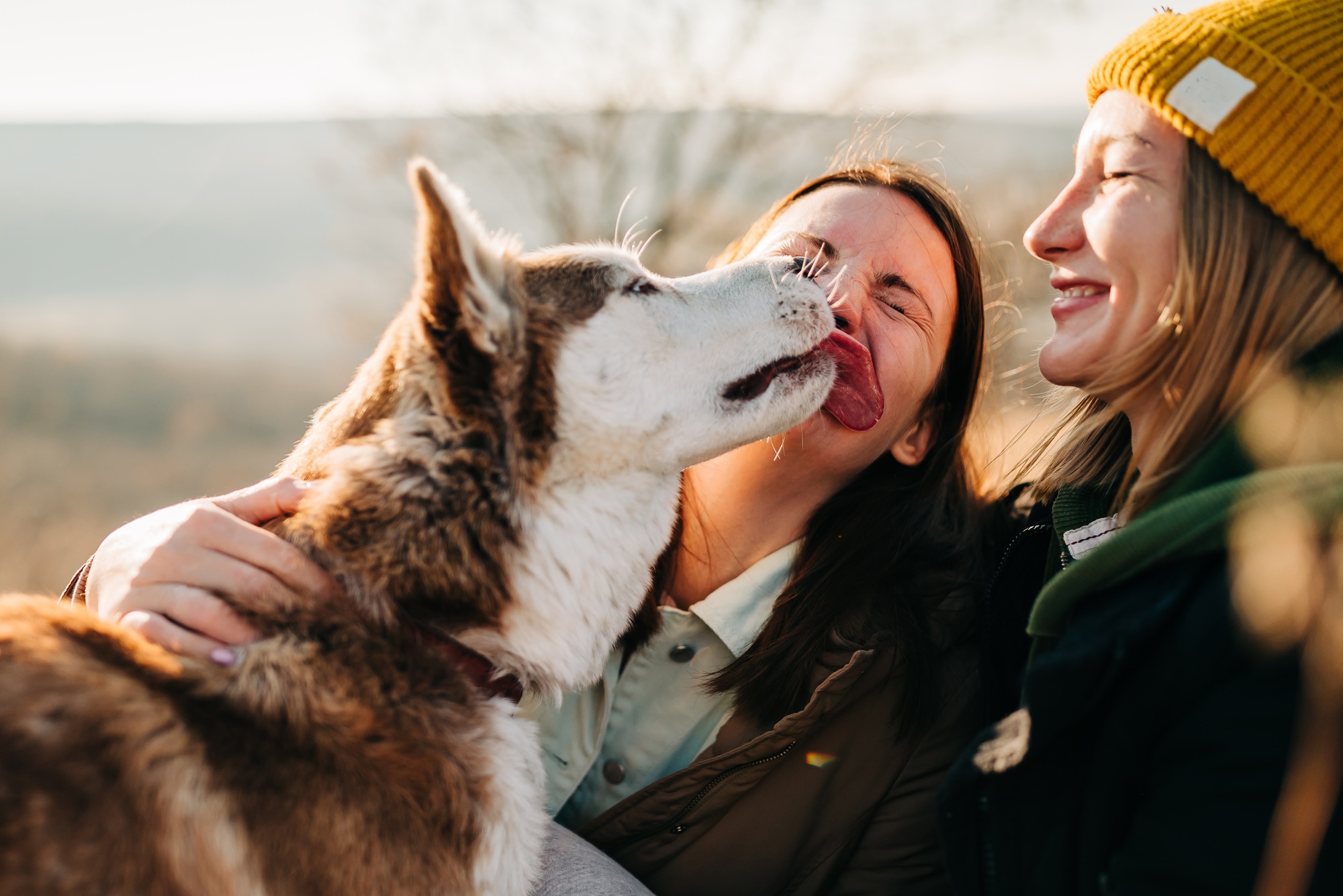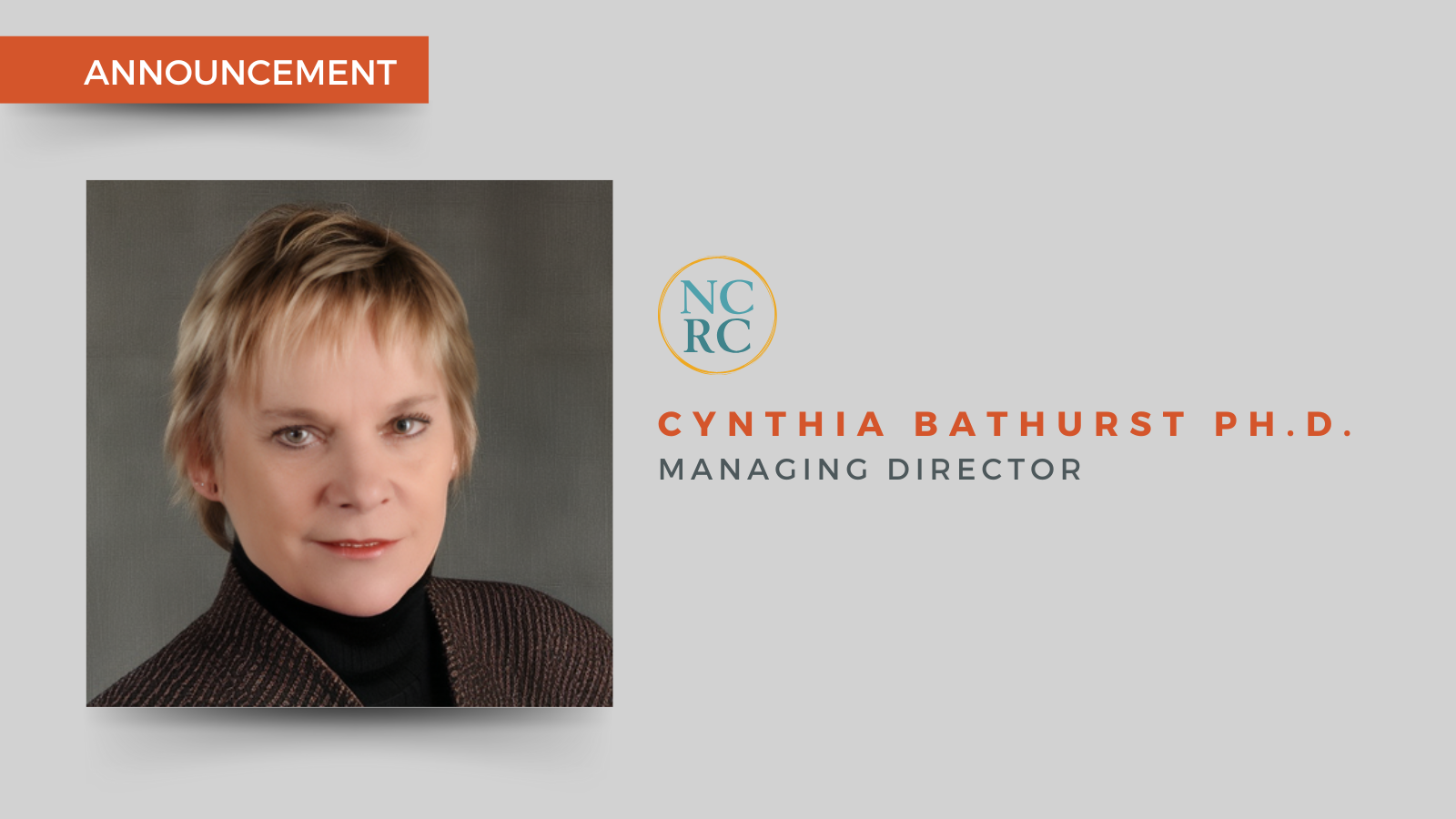A stay in a foster home before adoption and even adoptions that end in the return of a dog to the shelter enhance the chances of rehoming for dogs who find themselves between owners. This from a 2018 study of more than 21,000 dogs that looked at factors related to adoption in a high volume, open intake shelter in Arizona where 88% of the dogs ultimately find new homes through direct adoption or transfer to rescue.[1] This should come as no surprise when we consider the now robust accumulation of studies that show that dogs who live in homes look to people for guidance more than those who live in kennels[2],[3] and that people are more likely to adopt dogs who are responsive to them.[4],[5] It just may be that dogs who have an opportunity to develop or simply keep up their people skills do better with people in general. We might discount this result at first because most of the dogs in the study who spent time in foster homes were there because they needed medical care that wasn’t practical in the shelter environment. We might, except for a couple of things. First, the fostered dogs had a better chance of being adopted than the ones who had come in healthy in the first place. And second, the same result held up for dogs who were adopted and then returned. Both groups were pretty much guaranteed to find a new home and to find one sooner than the other intake groups studied. It may be time to reflect on how we go about rehoming dogs in light of our understanding that the natural, healthy environment for a domestic dog is in a home with people.
Read the study in full: http://www.mdpi.com/2076-2615/8/4/45/htm







